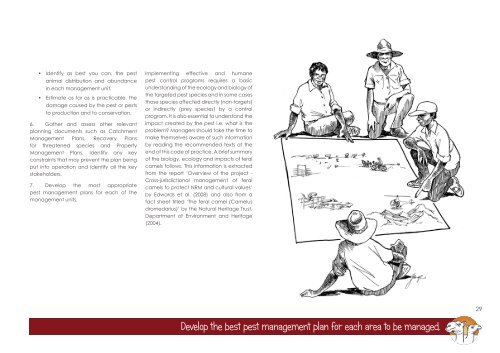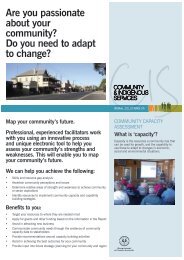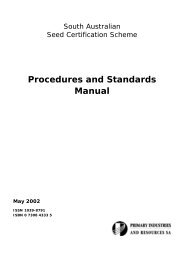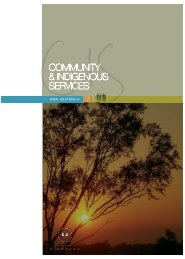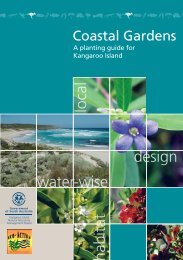Final May 22 Bes Practice Camel Book_web_part1 - Rural Solutions ...
Final May 22 Bes Practice Camel Book_web_part1 - Rural Solutions ...
Final May 22 Bes Practice Camel Book_web_part1 - Rural Solutions ...
- No tags were found...
Create successful ePaper yourself
Turn your PDF publications into a flip-book with our unique Google optimized e-Paper software.
• Identify as best you can, the pestanimal distribution and abundancein each management unit.• Estimate as far as is practicable, thedamage caused by the pest or peststo production and to conservation.6. Gather and assess other relevantplanning documents such as CatchmentManagement Plans, Recovery Plansfor threatened species and PropertyManagement Plans. Identify any keyconstraints that may prevent the plan beingput into operation and identify all the keystakeholders.7. Develop the most appropriatepest management plans for each of themanagement units.Implementing effective and humanepest control programs requires a basicunderstanding of the ecology and biology ofthe targeted pest species and in some casesthose species affected directly (non-targets)or indirectly (prey species) by a controlprogram. It is also essential to understand theimpact created by the pest i.e. what is theproblem? Managers should take the time tomake themselves aware of such informationby reading the recommended texts at theend of this code of practice. A brief summaryof the biology, ecology and impacts of feralcamels follows. This information is extractedfrom the report ‘Overview of the project -Cross-jurisdictional management of feralcamels to protect NRM and cultural values’by Edwards et al. (2008) and also from afact sheet titled ‘The feral camel (<strong>Camel</strong>usdromedarius)’ by the Natural Heritage Trust,Department of Environment and Heritage(2004).29Develop the best pest management plan for each area to be managed.


